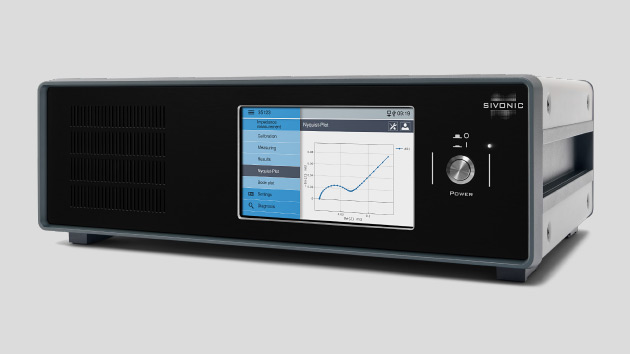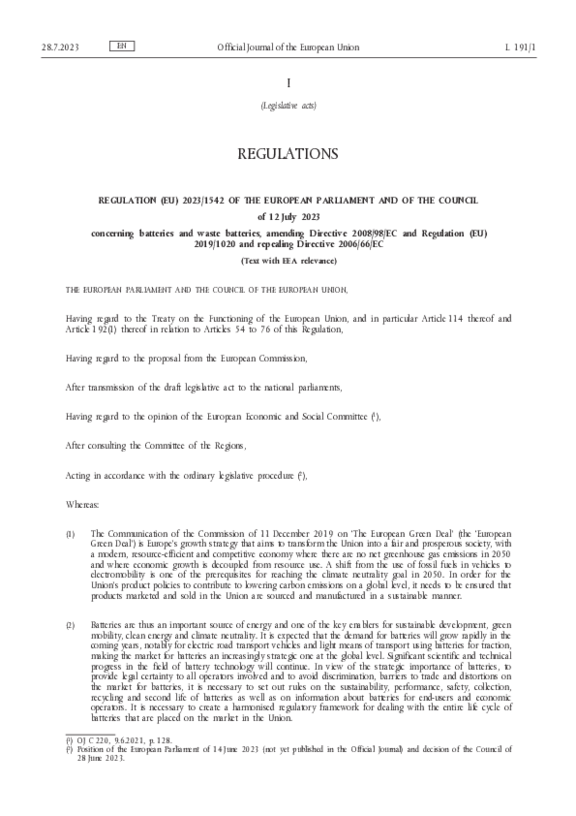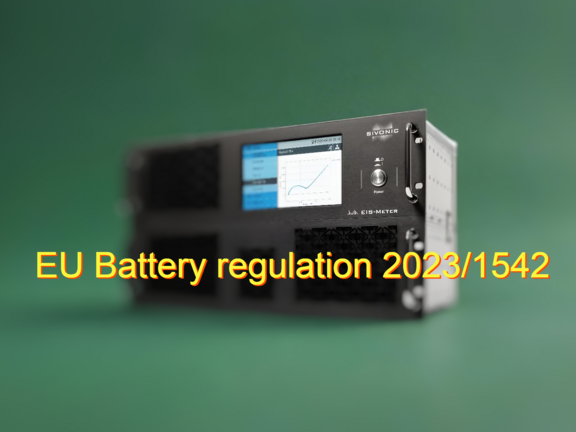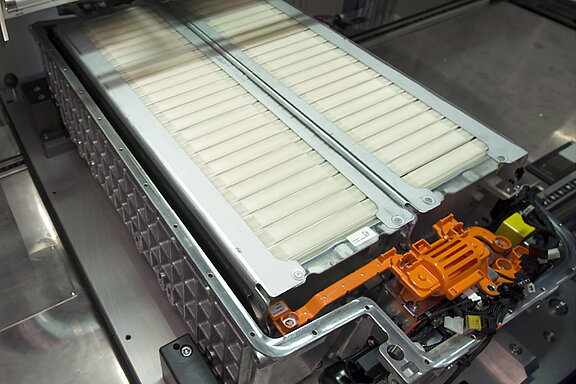The EU Battery Regulation (EU) 2023/1542, which came into force on July 17, 2023, aims to improve the sustainability and performance of batteries. This regulation supports the objectives of the European Green Deal by setting clear requirements for the production, use, and disposal of batteries. A key objective of the regulation is to reduce the environmental impact of batteries, promote the circular economy, and ensure a sustainable value chain.
A fundamental part of the regulation involves the requirements for the performance and lifespan of batteries, particularly for industrial batteries and traction batteries, such as those used in electric vehicles.
Annex IV of the Battery Regulation sets out detailed criteria for electrochemical performance and durability. These include parameters such as rated capacity (in Ah), capacity loss (in %), power (in W), power fade (in %), as well as internal resistance (in Ω) and its increase (in %). These values are used to evaluate the efficiency and longevity of batteries and are essential for the continued development of high-performance energy storage systems.
Measurement of the Inductive and Capacitive Components of Internal Resistance
Accurate measurement of a battery’s internal resistance is crucial for determining its performance and lifespan. In addition to the ohmic components, the capacitive and inductive elements play a decisive role. These can be measured using electrochemical impedance spectroscopy (EIS), a method that utilizes high-frequency alternating current signals to analyze the electrochemical properties of a battery.
The EIS technique allows for a detailed examination of the frequency-dependent internal resistance of a battery under reference and operating conditions. The total internal resistance can be broken down into several components:
Ohmic Components: These result from the real resistances of the electrolyte, the electrodes, and the interconnections. Ohmic resistances are prominent across all frequencies.
Capacitive Components: These arise from the double-layer capacitance at the electrodes and charge storage in the active materials of the battery. Capacitive effects are especially pronounced at low frequencies and influence the energy storage capacity of the battery.
Inductive Components: These are caused by the electrical connections and conductor paths within the battery. They appear primarily at high frequencies.
The EU Battery Regulation indirectly imposes requirements on these measurement methods, as they are essential for fulfilling the performance and durability criteria set out in Annex IV.
By applying the SIVONIC EIS Meter, the required parameters—particularly for traction batteries in electric vehicles—can be effectively determined.
Source: European Union
File type: PDF
Publication: 2023
Language: German
Pages: 117





![Fuel Cell [Translate to Englisch:]](/fileadmin/_processed_/e/2/csm_img_Vorschau_Applikationen_Brennstoffzellen_5c9d48bd57.jpg)

![Electrolysis [Translate to Englisch:]](/fileadmin/_processed_/c/5/csm_img_Vorschau_Applikationen_Elektrolyse_010bb10ebc.jpg)
![Corrosion [Translate to Englisch:]](/fileadmin/_processed_/b/0/csm_img_Vorschau_Applikationen_Korrosion_1a39355e33.jpg)
